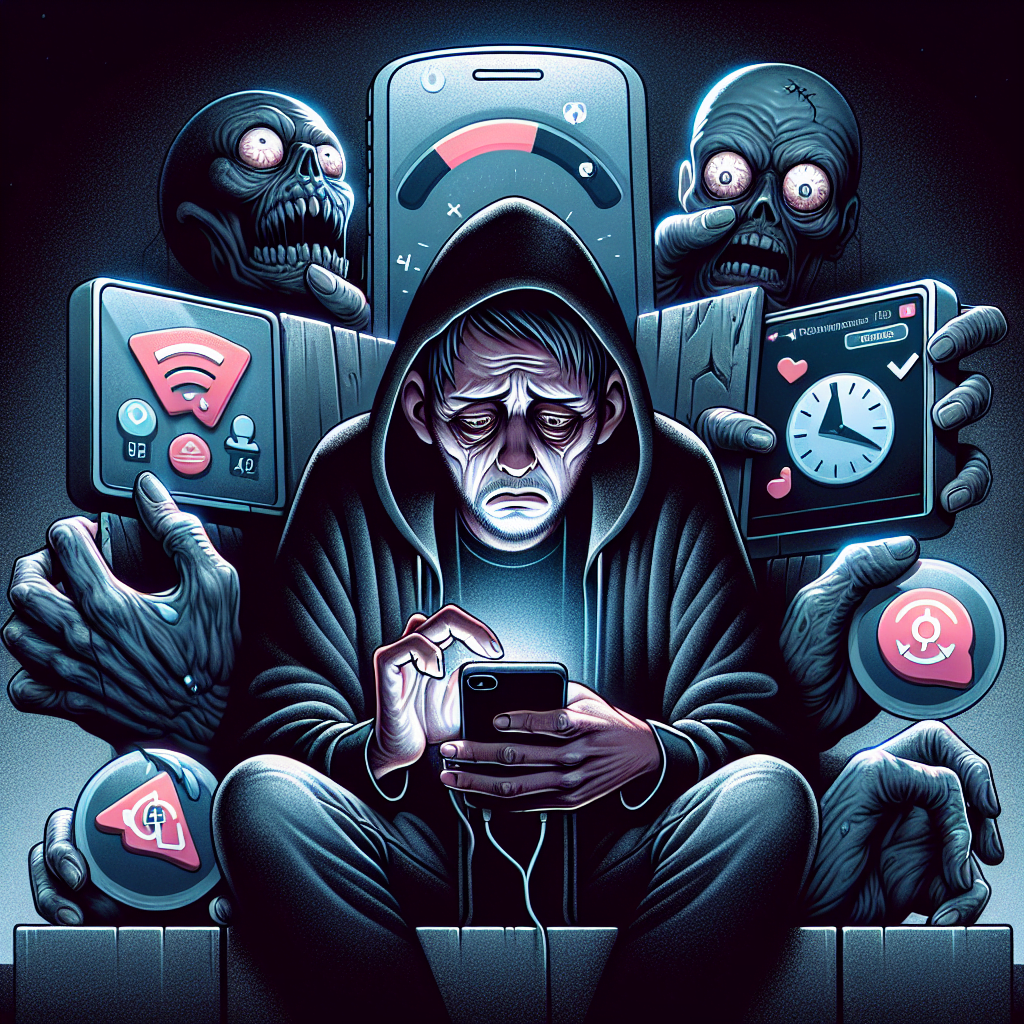
Mobile gaming has become a ubiquitous part of modern life, offering entertainment and social interaction at our fingertips. However, beneath the surface of this booming industry lies a darker reality. Issues of addiction and exploitation are increasingly coming to light, raising concerns among parents, educators, and mental health professionals. This article delves into the complexities of mobile gaming addiction and the exploitative practices that often accompany it.
The Rise of Mobile Gaming
Mobile gaming has seen exponential growth over the past decade. According to a report by Newzoo, the global mobile gaming market was valued at $77.2 billion in 2020, accounting for nearly half of the total gaming market. The convenience of smartphones and the availability of free-to-play games have made mobile gaming accessible to a wide audience, from children to adults.
Understanding Mobile Gaming Addiction
Mobile gaming addiction is a behavioral addiction characterized by excessive and compulsive use of mobile games. The World Health Organization (WHO) has recognized “gaming disorder” as a mental health condition. Symptoms include impaired control over gaming, increasing priority given to gaming over other activities, and continuation or escalation of gaming despite negative consequences.
Case Studies and Statistics
Several case studies highlight the severity of mobile gaming addiction. For instance, a 2019 study published in the journal “Addictive Behaviors” found that 12% of adolescents in the United States exhibited signs of gaming addiction. Another study by the University of Oxford revealed that 3% of gamers could be classified as having a gaming disorder.
Exploitation in Mobile Gaming
Exploitation in mobile gaming often manifests through predatory monetization strategies. These strategies are designed to maximize revenue by exploiting psychological vulnerabilities. Common tactics include:
- Loot Boxes: Randomized rewards that encourage players to spend money in hopes of obtaining rare items.
- Microtransactions: Small in-game purchases that can add up to significant amounts over time.
- Pay-to-Win Mechanics: Features that give paying players a competitive advantage over non-paying players.
Real-World Examples
One notorious example is the game “Clash of Clans,” which generated over $1.5 billion in revenue in 2019 through in-app purchases. Another example is “Fortnite,” which earned $2.4 billion in 2018, largely from microtransactions. These games often target younger audiences, making them particularly susceptible to exploitative practices.
The Psychological Impact
The psychological impact of mobile gaming addiction and exploitation can be profound. Excessive gaming can lead to social isolation, academic decline, and mental health issues such as anxiety and depression. The constant pursuit of in-game rewards can create a cycle of dependency, making it difficult for individuals to disengage from the game.
Expert Opinions
Dr. Kimberly Young, a psychologist specializing in internet addiction, notes that “the instant gratification provided by mobile games can be highly addictive, especially for young minds.” Similarly, Dr. David Greenfield, founder of the Center for Internet and Technology Addiction, warns that “the monetization strategies used in mobile games are designed to keep players hooked, often at the expense of their mental well-being.”
Addressing the Issues
Addressing the issues of addiction and exploitation in mobile gaming requires a multi-faceted approach. Key strategies include:
- Regulation: Governments can implement regulations to limit exploitative practices, such as banning loot boxes or capping microtransactions.
- Parental Controls: Parents can use tools to monitor and limit their children’s gaming activities.
- Education: Raising awareness about the risks of mobile gaming can help individuals make informed choices.
- Support Systems: Providing access to mental health resources can assist those struggling with gaming addiction.
Conclusion
While mobile gaming offers numerous benefits, it is crucial to recognize and address its darker aspects. Addiction and exploitation are significant issues that require attention from all stakeholders, including game developers, regulators, parents, and mental health professionals. By implementing effective strategies and raising awareness, we can create a healthier gaming environment for everyone.
Question and Answer Section
Q: What are the signs of mobile gaming addiction?
A: Signs of mobile gaming addiction include impaired control over gaming, prioritizing gaming over other activities, and continuing to game despite negative consequences.
Q: How do loot boxes exploit players?
A: Loot boxes exploit players by offering randomized rewards, encouraging them to spend money in hopes of obtaining rare items, often leading to excessive spending.
Q: What can parents do to protect their children from mobile gaming addiction?
A: Parents can use parental controls to monitor and limit gaming activities, educate their children about the risks, and encourage balanced screen time with other activities.
Q: Are there any regulations in place to curb exploitative practices in mobile gaming?
A: Some countries have implemented regulations to limit exploitative practices, such as banning loot boxes or capping microtransactions, but more comprehensive measures are needed globally.
“`

